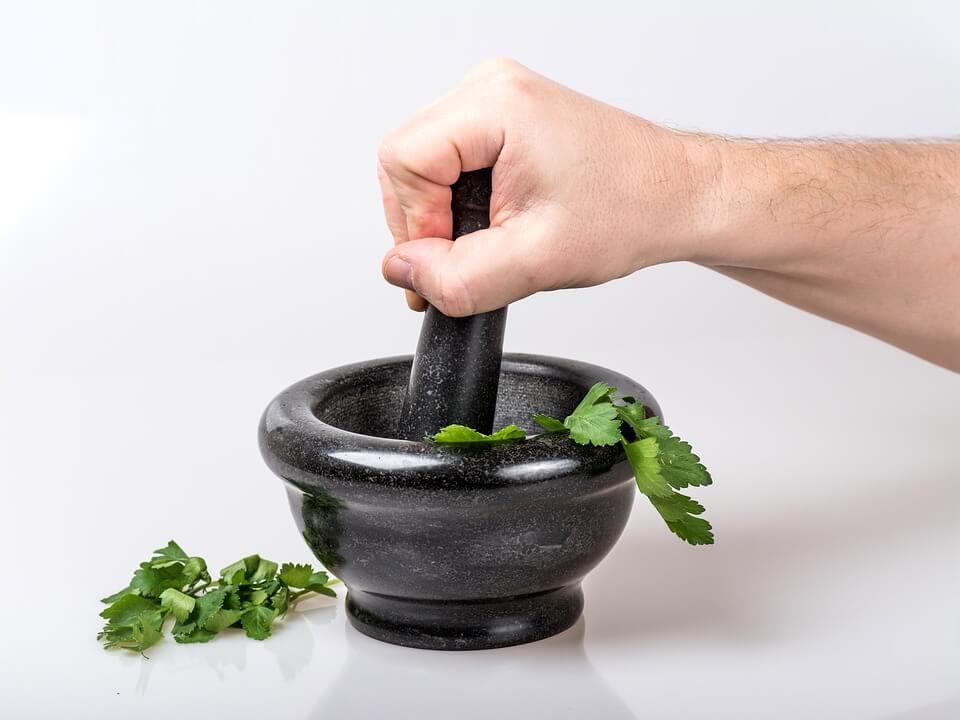Anemia – Causes, Symptoms, and Treatment

As per the World Health Organisation, Anemia is a condition in which a person’s blood has a lower than a normal number of red blood cells or hemoglobin. Hemoglobin is a protein that carries oxygen in the blood. Hemoglobin can be broken down into heme – the red color pigment and globin which comprises of the protein part. This protein aids red blood cells to carry oxygen from the lungs to the rest of the body.
Anemia, which denotes deficiency of iron in the blood is a condition suffered globally by people of all ages. According to the 2011 data collected by World Health Organisation (WHO) [1] anemia affects around 800 million women and children globally.
There are many types of Amenia which affect people at large. The causes, symptoms, and treatment are different for a different type. The common types of Anemia known to mankind are:
a) Iron deficiency anemia
b) Thalassaemia or Cooley’s anemia
c) Aplastic anaemia
d) Haemolytic anaemia
e) Sickle cell anemia
f) Pernicious anaemia
g) Fanconi anaemia
The majority of people suffering from anemia are characterized by acute iron –deficiency and it is mostly prevalent among children and women in the developing country. As per a recent report published by National Health Survey in the year 2015[2] about more than half of all women in India (55%) suffer from anemia. The report also reveals that in India the Eastern Zone of the country has a higher number of people suffering from anemia (about 72.12%).The South –East Asia region alone reports of 600 million people suffering from anemia which mostly affects children and women.
Symptoms of Anemia:
The most common symptoms of anemia are:
a) Tiredness, feeling faint and breathlessness
b) Headaches
c) Pale and yellowish skin
d) Irregular heartbeats
e) Chest pain
f) Cold hands and feets
Causes of Anemia:
There are various for anemia to set in. Some of the common causes of anemia are:
a) Stomach ulcers, colon cancer, hemorrhoids, polyps often lead to loss of blood from the body which causes iron deficiency.
b) Loss of blood due to wounds or menstrual bleeding also are the primary causes of anemia
c) A deficiency of vitamins like vitamin B12 and folate due to poor dietary intake are the main cause of anemia among children and women.
d) Many people suffering from chronic kidney disease or renal failure lessens the production of red blood cells and hence causes anemia.
e) Sickle cell anemia is often inherited and often runs in the family.
f) Age is also a common cause of anemia. People above the age of 65 often suffer from anemia.
Treatment of Anemia:
The treatment of Anemia largely depends on the cause. If the reason behind anemia is
a) Acute iron deficiency: Iron supplements are suggested in the form of diet and medicines. Some supplements of Iron are also given to patients.
b) Vitamin deficiency: Lack of folate and Vitamin B12 often leads to anemia. Diet rich in folic acid and Vitamin B12 can solve this problem.
c) Chronic diseases – Certain chronic diseases like cancer, an intestinal disorder, kidney diseases, HIV/AIDS often leads to low production of red blood cells in the body. Treatment of the necessary disease can solve the problem of anemia.
How can Ayurveda help in case of Anemia?
Ayurveda is an ancient healing system that relies on herbs for maintaining good health which had originated in the Indian Sub-continent more than 5000 years ago. It tries to utilize the power of herbs to cure ailments. These herbs are often considered to be 100% safe without any side-effects.
Branolia Chemical Works markets Kulerron , an Ayurvedic preparation enriched with Kulekhara. Kulekhara is known herb in Ayurveda to fight against Anemia. Clinical studies have found Kulekhara to be effective against low haemoglobin count (reference the below article). Please follow referencing convention.
Kulerron along with Kulekhara is fortified with Alovera, Ashwagandha, Nagkesar to promote general health while helping fight Anemia. It has been proved that Kulekhara (Hygrohila Spinosa) significantly increased RBC and total WBC in rodents.[7]
References:
1) http://apps.who.int/iris/bitstream/10665/177094/1/9789241564960_eng.pdf
2) http://ehealth.eletsonline.com/2015/03/59-indian-women-suffer-anemia-says-report/
3) http://www.mayoclinic.org/diseases-conditions/anemia/symptoms-causes/dxc-20183157
4) http://www.webmd.com/a-to-z-guides/understanding-anemia-basics#2
5) https://www.ncbi.nlm.nih.gov/pubmedhealth/PMHT0021987/
6) https://www.ncbi.nlm.nih.gov/pubmedhealth/PMH0062933/
7) Gomes, Manika Das an SC Dasgupta, Department of Physiology , University of Calcutta, Published in Indian Journal of Experimental Biology, Vol 39, April 2001, pp 381-382, “Haematinic effect of Hygrohila Spinosa on experimental rodents”.
[supsystic-social-sharing id="1"]

